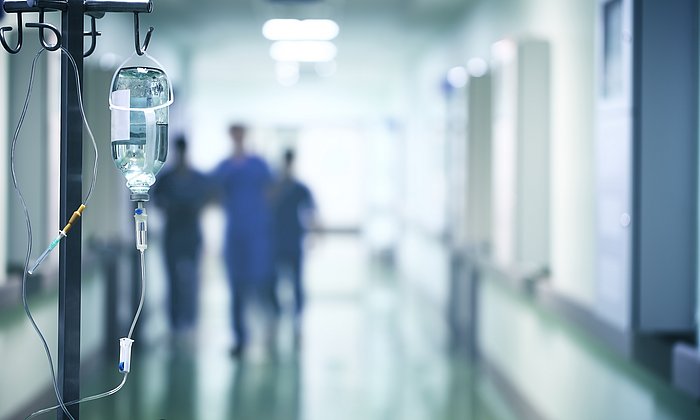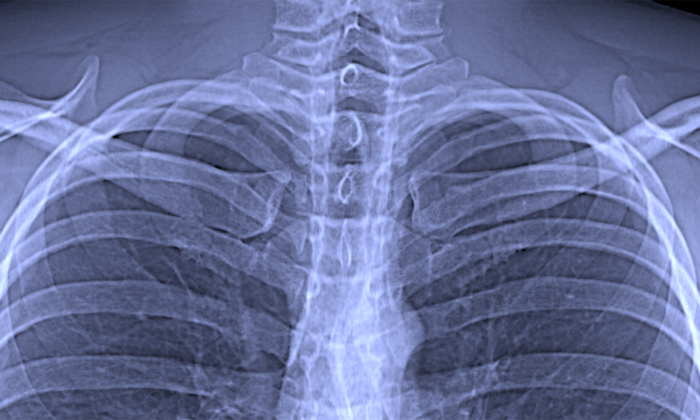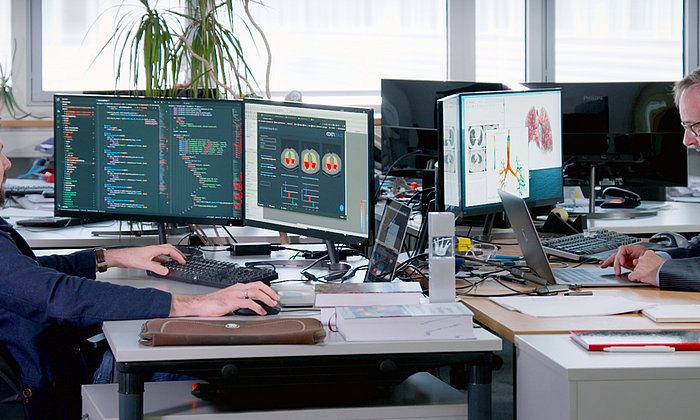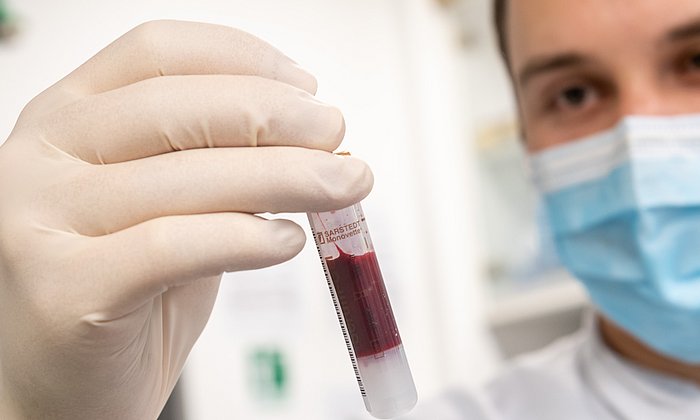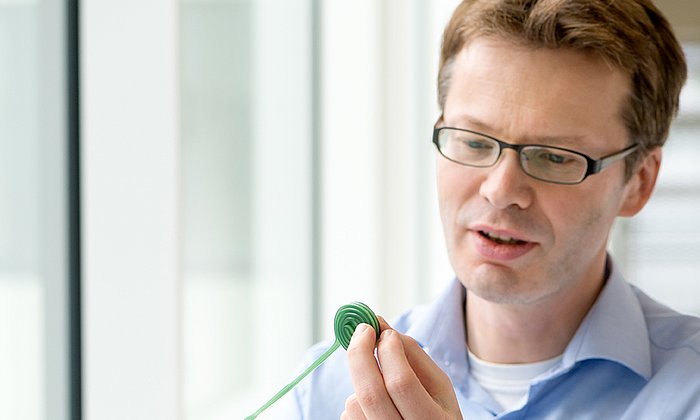Coronavirus: Neuropilin-1 could open the door to the inside of the cell
How the virus enters the cell
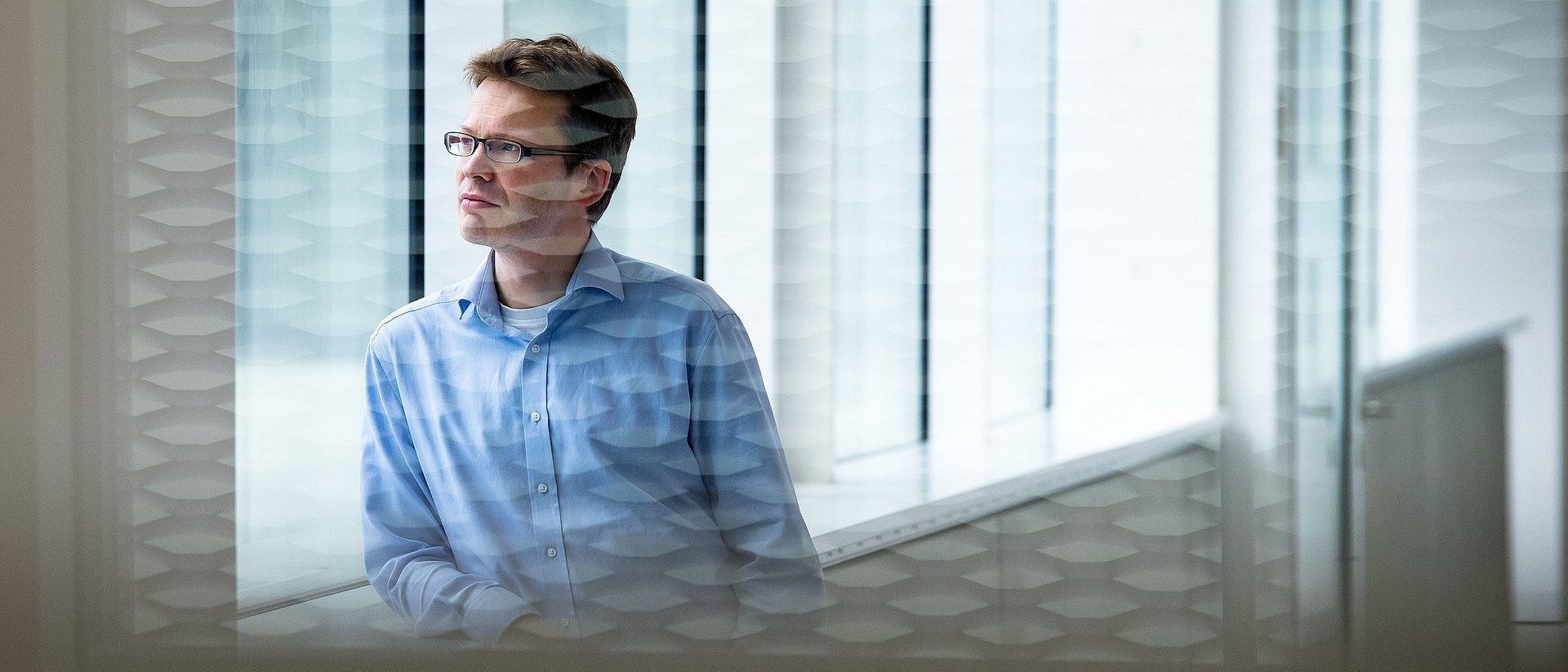
The degree to which a virus spreads depends on its infectivity. While the coronavirus SARS-CoV-2 has led to severe pandemic, a related virus, SARS-CoV, led to a much smaller outbreak in 2003, possibly because the infection was limited to the lower respiratory system. SARS-CoV-2, in contrast, infects the upper portions of the respiratory tract, including the nasal mucous membrane and, in consequence, spreads rapidly through active viral shedding. Researchers at TUM, the German Center for Neurodegenerative Diseases (DZNE), the University Clinic Universitätsmedizin Göttingen and the University of Helsinki have investigated the nature of SARS-CoV-2 infectivity.
A passkey to the cell's interior
Receptors are necessary to promote the entry of a virus into a cell. Both SARS-CoV and SARS-CoV-2 use ACE2 as a receptor, but trigger different illnesses. In order to understand why the two related viruses infect different types of cells, the researchers took a look at the viral “spike proteins” that are essential for virus entry.
"The SARS-CoV-2 spike protein differs from its older relative by the insertion of a furin cleavage site," says Mikael Simons, TUM professor for Molecular Neurobiology and research group leader at the DZNE. When proteins are cleaved by furin, a specific amino acid sequence is exposed on the cleaved end. These furin-cleaved substrates exhibit a characteristic pattern, which is known to bind to neuropilins at the cell surface.
Experiments using cells cultured in the laboratory, in conjunction with artificial viruses that mimic SARS-CoV-2 as well as naturally occurring virus, indicate that neuropilin-1 is able to promote infection in the presence of ACE2. By specifically blocking neuropilin-1 with antibodies, infection was suppressed. "If you think of ACE2 as a door to enter the cell, then neuropilin-1 could be a factor that directs the virus to the door. ACE2 is expressed at very low levels in most cells. Thus, it is not easy for the virus to find doors to enter. Other factors such as neuropilin-1 might be necessary to help the virus," Simons explains.
Possible path into the nerve tract
Since loss of smell is among the COVID-19 symptoms and neuropilin-1 is found in the cell layer of the nasal cavity, the scientists examined tissue samples from deceased patients. "We wanted to find out whether cells equipped with neuropilin-1 are really infected by SARS-CoV-2, and found that this was the case," says Simons.
Additional experiments in mice showed that neuropilin-1 enables transport of tiny, virus-sized particles from the nasal mucosa to the central nervous system. When the nanoparticles were administered to the nose of the animals, they reached neurons and capillary vessels of the brain within few hours ─ in contrast to control particles without affinity for neuropilin-1. "We could determine that neuropilin-1, at least under the conditions of our experiments, promotes transport into the brain, but we cannot make any conclusion on whether this is also true for SARS-CoV-2. It is very likely that this pathway is suppressed by the immune system in most patients," says Simons.
Approach for future therapies?
"SARS CoV-2 requires the ACE2 receptor in order to penetrate cells, but other factors such as neuropilin-1 are possibly needed in order to support its function," says Simons. "Currently, we can only speculate about the molecular processes involved. Presumably, neuropilin-1 catches the virus and directs it to ACE2. Further investigations are needed to clarify this issue. It is currently too early to speculate whether blocking neuropilin could be a viable therapeutic approach. This will have to be addressed in future studies."
Neuropilin-1 facilitates SARS-CoV-2 cell entry and infectivity, L. Cantuti-Castelvetri, R. Ojha, L. D. Pedro, M. Djannatia, J. Franz, S. Kuivanen, M. Simons et al., Science (2020).
DOI: 10.1126/science.abd2985
Technical University of Munich
Corporate Communications Center
Contacts to this article:
Prof. Dr. Mikael Simons
Technical University of Munich
Chair of Molecular Neurobiology
phone: +49 89 4400 46495
m.simons@tum.de
